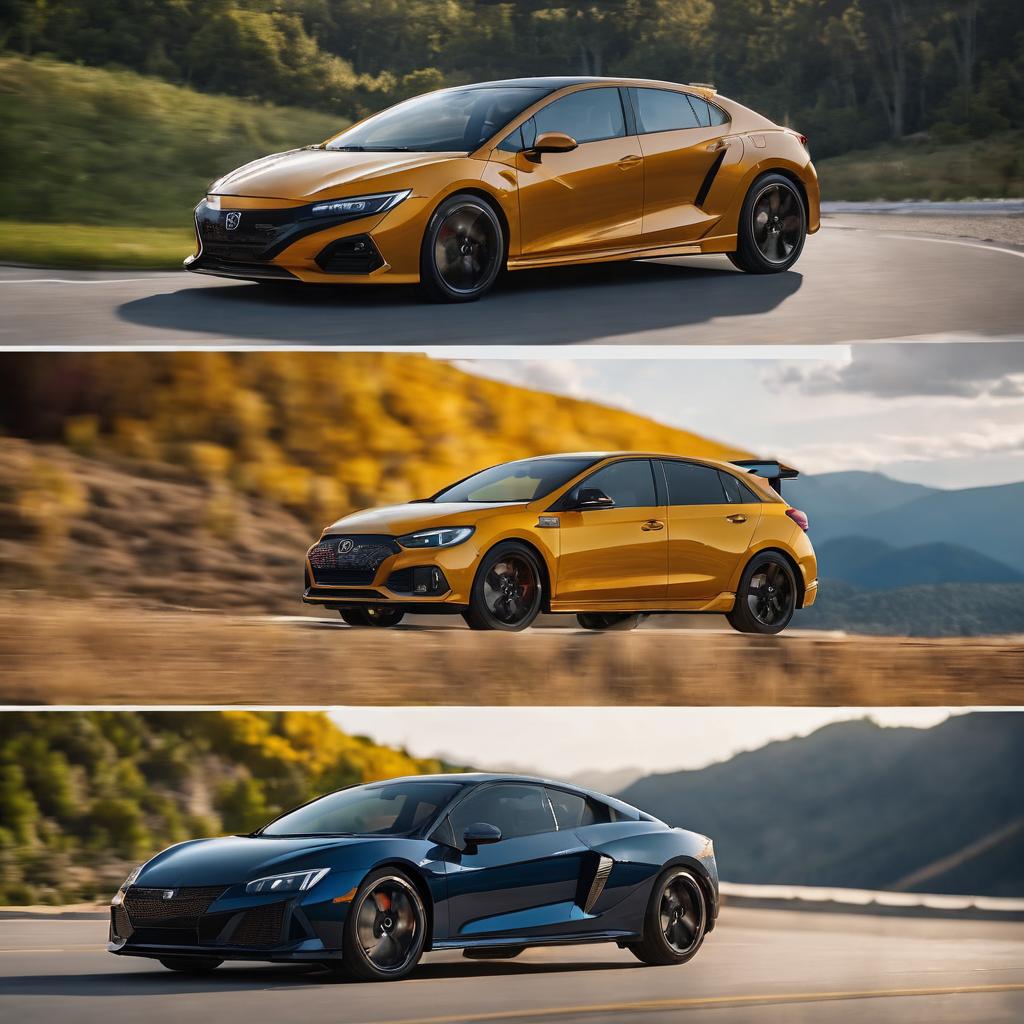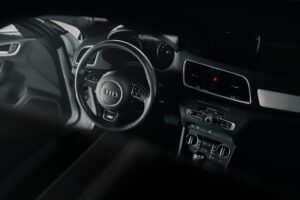
Which Hatchback Car Model is the Most Fuel Efficient?
Hybrid and Electric Hatchback Cars: Exploring the benefits and drawbacks of hybrid and electric hatchback car models in terms of fuel efficiency, including their unique features and considerations for potential buyers.
Hybrid and electric hatchback car models offer numerous benefits and drawbacks in terms of fuel efficiency. One of the most obvious advantages is their ability to significantly reduce fuel consumption and emissions. This is particularly true for electric models, which entirely rely on electricity and produce zero tailpipe emissions. Hybrid models, on the other hand, combine a traditional internal combustion engine with an electric motor, allowing for improved fuel efficiency by relying on both power sources. Additionally, hybrid and electric hatchbacks often feature regenerative braking systems, which convert kinetic energy into electrical energy during deceleration, further enhancing their fuel-saving capabilities.
Another unique feature of hybrid and electric hatchback car models is their ability to operate in both fully electric and hybrid modes. This flexibility allows drivers to choose between running solely on electric power, perfect for short commutes or city driving, or relying on the combustion engine for longer distances. Furthermore, many hybrid and electric hatchbacks offer advanced technologies and features that can help optimize fuel efficiency. These include energy monitoring systems, which provide real-time feedback on energy consumption, and intelligent driving modes, which automatically adjust the vehicle’s performance to maximize efficiency. Overall, the key considerations for potential buyers of hybrid and electric hatchbacks are the availability and accessibility of charging infrastructure, the driving patterns and needs of the individual, and the potential cost savings on fuel and maintenance in the long run.
Fuel-Saving Tips for Hatchback Car Owners: Providing practical tips and strategies for hatchback car owners to enhance their vehicle’s fuel efficiency, including maintenance practices, driving habits, and fuel-saving technologies.
Regular maintenance practices play a crucial role in maximizing fuel efficiency for hatchback car owners. Keeping the engine properly tuned, maintaining the right tire pressure, and regularly changing the oil and air filters can significantly improve fuel economy. Additionally, reducing the weight of the vehicle by removing unnecessary items and using lightweight materials can also contribute to better fuel efficiency.
Another key aspect is adopting fuel-saving driving habits. Avoiding aggressive driving behaviors such as rapid acceleration, sudden braking, and excessive idling can greatly conserve fuel. Instead, drivers can opt for a smoother driving style, maintaining a steady speed and anticipating traffic flow. Furthermore, utilizing cruise control on highways and avoiding unnecessary trips altogether can further reduce fuel consumption.
For those seeking to maximize fuel efficiency, there are also various fuel-saving technologies available. Choosing fuel-efficient tires, opting for a hybrid or electric hatchback model, or installing aerodynamic enhancements like a roof rack or spoiler can all contribute to improved fuel economy. Furthermore, utilizing smartphone apps or onboard diagnostics systems to monitor fuel consumption and driving patterns can provide valuable insights for further optimizing fuel efficiency.
Comparing Fuel Efficiency Across Hatchback Car Segments: Examining the fuel efficiency performance of hatchback cars across different segments, such as compact,
Hatchback cars come in various segments, each with its own fuel efficiency performance. The compact hatchback segment, which includes popular models like the Honda Civic and Volkswagen Golf, generally offers commendable fuel efficiency. These smaller hatchbacks are known for their nimble handling and economical engines, making them a popular choice for urban dwellers seeking a balance between fuel economy and practicality. With advancements in technology, many compact hatchbacks now offer hybrid or electric variants, further enhancing their fuel-saving capabilities.
In the mid-size hatchback segment, models like the Mazda3 and Hyundai Elantra GT deliver a spacious interior and a more powerful driving experience. However, the trade-off for the larger size and increased power is slightly lower fuel efficiency compared to their compact counterparts. Despite this, mid-size hatchbacks still offer respectable fuel economy, allowing drivers to enjoy a mix of performance and efficiency. It’s important for potential buyers in this segment to consider their specific needs and preferences, such as cargo space and power requirements, when assessing fuel efficiency as a deciding factor.






